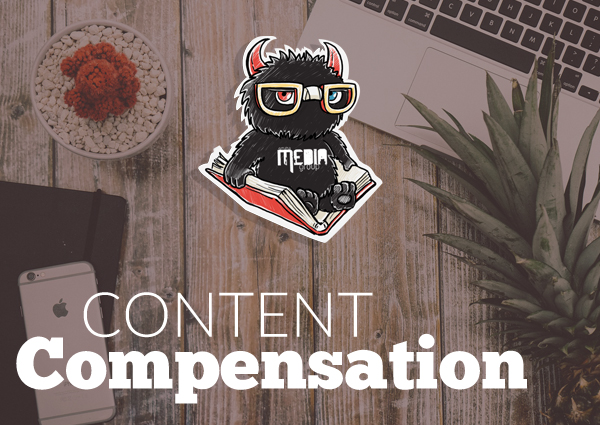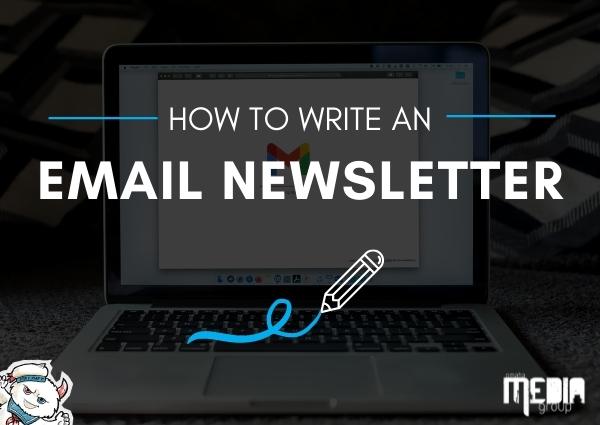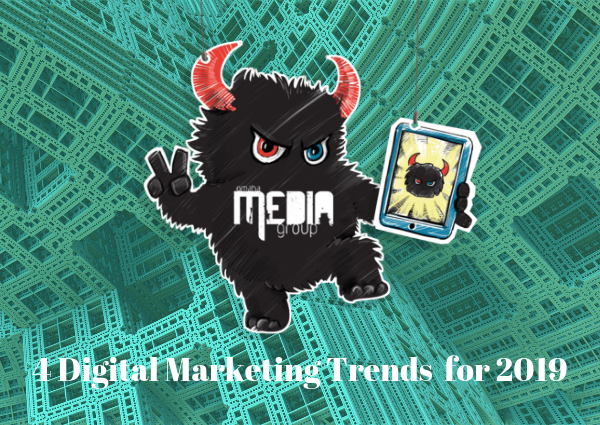 https://www.omahamediagroup.com/images/uploads/monster_gallery/Omaha-Media-Group-Black.jpg
admin
https://www.omahamediagroup.com/images/uploads/monster_gallery/Omaha-Media-Group-Black.jpg
admin
The Relationship Between Ad Blocking and Content Visibility: What Does it Signify?

No wonder why ad blocking created such a ruckus among online marketers in 2016. Viewed from Gartner's 2016 Hype Cycle for Digital Marketing and Advertising, ad blocking is a positive catalyst to bring about a change in the type of campaigns run online. But ad blocking signifies a deeper issue in reality- a strained relationship between users and publishers where a lack of value and communication has created audience dissatisfaction.
The increasing ad-blocking rates have posed a challenge before marketers who are striving to grab as many eyeballs as possible for their online ads. As dissatisfied audiences are resorting to ad blocks for preventing the barrage of unwanted ads, marketers have to cut through this layer and showcase themselves differently before customers. In fact, content compensation becomes the only way to reduce ad-blocking rates and securing the future of the online landscape.
What do marketers need to do?
Publishers and users must go through three phases of content compensation to achieve lower ad-blocking rates and more visibility. The three phases are explained as below:
Compensation Awareness
We are currently in the first phase called compensation awareness, where rising ad-blocking rates are pressurizing publishers to communicate the need for content compensation through either currency or advertising. Unlike traditional content platforms such as magazines, newspapers, and television, the “free” internet has failed to communicate the connection between content creation costs and advertising.
Users need to be aware that digital advertising is there to fund online content they enjoy watching or reading, and not irritate them. The need for compensation awareness is rising, but users have a long way to go before they completely understand the costs linked with online content. Leading online publications have started using pop-ups targeting ad-blocker users for making them understand the various aspects of value exchange in digital advertising, giving them the alternative of ad-free subscriptions.
Compensation Consent
The phase of compensation consent aims to create a more transparent connection between users and publishers. Cookies and other ways of storing consumer data require the consumers' consent, which ultimately can be used to include content compensation.
When users consent to provide cookies, they confirm that they understand the publisher's privacy rules and practices. This is a validation of the user's understanding of the publisher's content compensation policies. Users can now receive digital ads in return for the compensation used by the publisher.
Compensation Choice
Compensation choice is the final phase in content compensation that aims to provide a range of compensation options to users. Publishers will have to offer some compensation methodologies to users, who choose the experience they desire through a willing or natural transaction.
Compensation choice provides standard and customized ad models to users. They can opt for both micro and macro-payment methods to view advertisements online. Such a thing would establish a clear relationship between users and publishers.
Bottom Line
For a sustainable digital ecosystem to emerge, the relationship between users and publishers need to change. Marketers should move towards a transparent relationship between content consumers and content creators in order to curb the rising ad-blocking rates
Hire the team to help you with your website, app, or other marketing needs.
We have a team of digital marketers who can help plan and bring to life all your digital marketing strategies. They can help with social media marketing, email marketing, and digital advertising!
CONTACT US




Comments